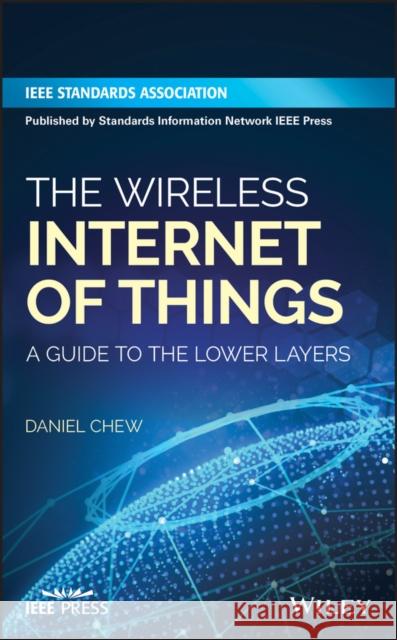The Wireless Internet of Things: A Guide to the Lower Layers » książka
topmenu
The Wireless Internet of Things: A Guide to the Lower Layers
ISBN-13: 9781119260578 / Angielski / Twarda / 2018 / 208 str.
Kategorie:
Kategorie BISAC:
Wydawca:
Standards Information Network IEEE Press
Język:
Angielski
ISBN-13:
9781119260578
Rok wydania:
2018
Dostępne języki:
Ilość stron:
208
Waga:
0.45 kg
Wymiary:
23.11 x 15.49 x 1.52
Oprawa:
Twarda
Dodatkowe informacje:
Bibliografia
Wydanie ilustrowane
Wydanie ilustrowane











